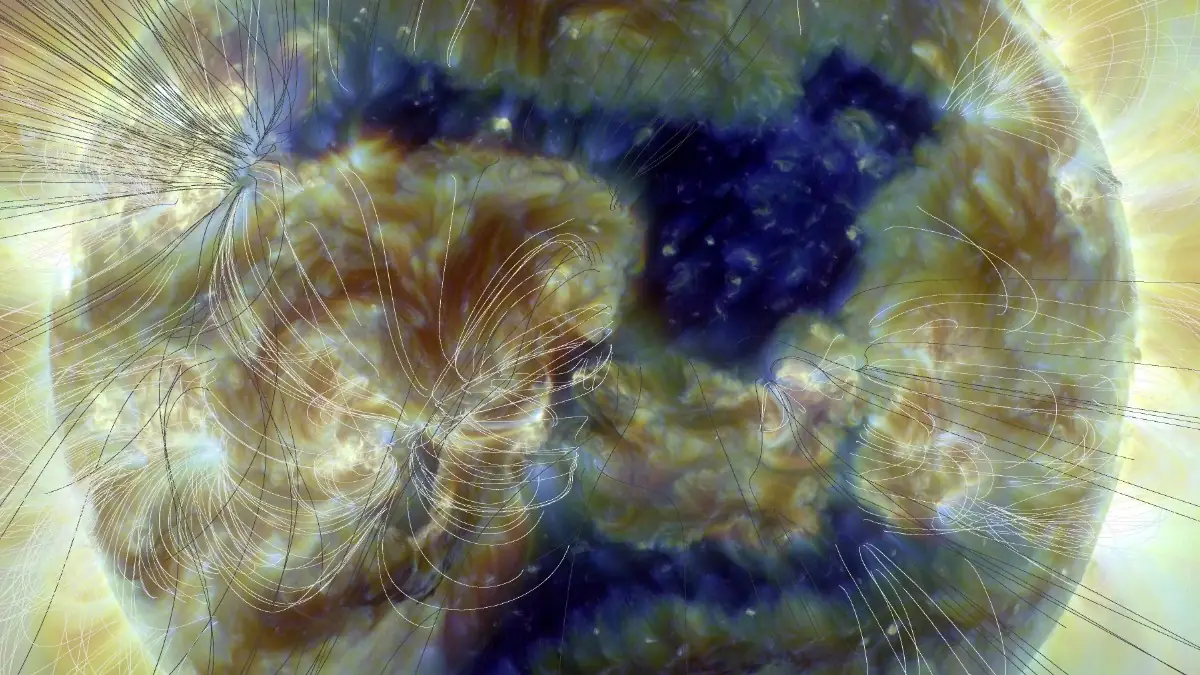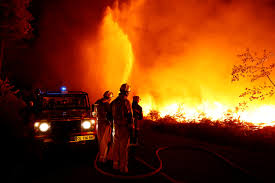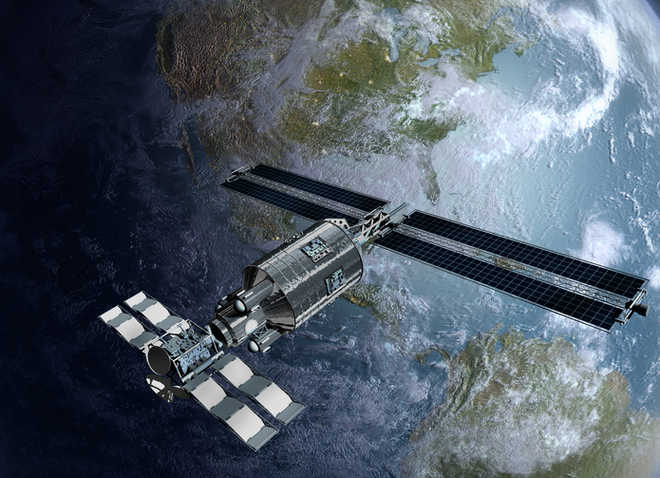
G1 geomagnetic storm watch issued
G1 Geomagnetic Storm Watch Issued A Subtle Yet Significant Space Weather Alert
A G1 (minor) geomagnetic storm watch has been officially issued by the Space Weather Prediction Center (SWPC), alerting global infrastructure monitors, satellite operators, and aurora enthusiasts to increased solar activity likely to impact Earth’s magnetosphere in the coming days. While the term “minor” might suggest inconsequence, even a G1 level event can influence satellite operations, power grid stability, GPS precision, and aviation systems especially at high latitudes. These geomagnetic storms are caused by disruptions in Earth’s magnetic field, often triggered by solar eruptions such as coronal mass ejections (CMEs) or intensified solar wind streams. The watch, currently in place for July 2 3, is a response to an approaching CME that originated from a relatively active sunspot region earlier this week.
The science behind geomagnetic storms lies in the Sun’s volatile activity. When intense solar events release charged particles into space especially during a CME those particles, carried by the solar wind, can reach Earth within 1 to 3 days. Upon arrival, they interact with Earth’s magnetosphere, causing fluctuations in magnetic field lines. During strong alignments, particularly when the interplanetary magnetic field (IMF) is oriented southward, solar plasma can more effectively couple with Earth's magnetic shield, leading to geomagnetic disturbances. In the current case, models suggest a moderate interaction, enough to trigger minor ground induced currents and create conditions ripe for aurora formation. This watch serves as a precautionary notice, ensuring all relevant sectors remain on alert should the situation escalate.
Despite being classified at the lowest level of the geomagnetic scale, G1 storms can cause operational anomalies, particularly for technologies that rely on electromagnetic stability. Satellite operators are among the first responders to such warnings, as even weak storms can cause small fluctuations in orbital altitude due to increased atmospheric drag in low Earth orbit. Sensors may experience brief disturbances, onboard computers can glitch, and slight signal delays may occur, especially in polar or equatorial satellite orbits. Ground stations may experience more noise in their telemetry data. The aviation sector also pays attention to these alerts, particularly transpolar flight routes, where high frequency radio communication may be temporarily degraded during storm peaks.
On the ground, power grids can see minor voltage irregularities. These typically manifest in long transmission lines, especially in northern regions such as Canada, Scandinavia, or northern Russia, where Earth’s magnetic field lines are more concentrated and thus more susceptible to disturbance. Geomagnetically induced currents (GICs) can subtly enter power transformers and substations, potentially tripping protective relays or causing accelerated wear on sensitive components. While no major outages are expected under G1 conditions, it remains a concern for grid operators who are required to report and log even the smallest anomalies for reliability tracking. Pipelines, too, can experience induced currents that increase corrosion rates if left unchecked.
Beyond technical risks, geomagnetic storms especially mild ones offer a unique benefit to skywatchers. The charged solar particles that buffet Earth’s magnetic field during such events also excite atmospheric gases, causing them to emit light in a phenomenon known as aurora. Typically visible near the poles, a G1 storm can shift the auroral oval southward enough for parts of northern United States, Canada, and northern Europe to enjoy the display. For locations like Montana, Michigan, or even parts of Scotland, these events offer rare chances to view natural light shows, especially under clear skies and minimal light pollution. Astrophotographers and aurora hunters often monitor SWPC and aurora forecast apps closely during such alerts, hoping for an opportunity to capture the shimmering green, purple, and red hues that dance across the sky.
From a preparedness standpoint, the G1 geomagnetic storm watch is not a cause for alarm but a reminder of the interconnectedness between Earth and solar dynamics. Governments and scientific bodies routinely issue space weather alerts as part of broader monitoring efforts that protect national infrastructure. Agencies like NASA, ESA, and NOAA maintain constant surveillance of solar activity, tracking sunspots, flare events, and CMEs through satellite platforms such as SOHO (Solar and Heliospheric Observatory) and SDO (Solar Dynamics Observatory). These efforts help inform not just immediate operational responses, but also long term resilience strategies. As human dependence on satellite based technology grows be it for communication, navigation, or climate observation our ability to predict and respond to space weather becomes increasingly critical.
In the grand scheme of space weather, a G1 watch is a gentle nudge compared to the potential devastation of stronger storms. Historical precedents such as the 1989 Quebec blackout (caused by a G5 level storm) or the legendary 1859 Carrington Event during which telegraph wires sparked and auroras were seen in the Caribbean remind us of the sun's capacity to disrupt human activity on a massive scale. The current G1 storm watch may pass quietly, causing no more than a few flickering auroras and minor sensor disruptions. But it is precisely by learning from and preparing during these smaller events that scientists and infrastructure operators build resilience against the rare but inevitable large scale solar superstorms.
In conclusion, the issuance of a G1 geomagnetic storm watch is both a scientific curiosity and a functional early warning. It represents a real time interaction between solar forces and Earth’s protective magnetic field, a relationship that carries both beauty and risk. While the impacts are expected to be minimal this time, each watch, warning, or alert serves as a chapter in humanity's ongoing adaptation to space weather. if you’re a satellite operator, a power grid technician, a pilot, or simply someone hoping to see the aurora, this minor geomagnetic event is another example of the intricate dance between Earth and its parent star reminding us that space weather isn’t just something that happens “out there,” but something that can touch lives here on Earth










